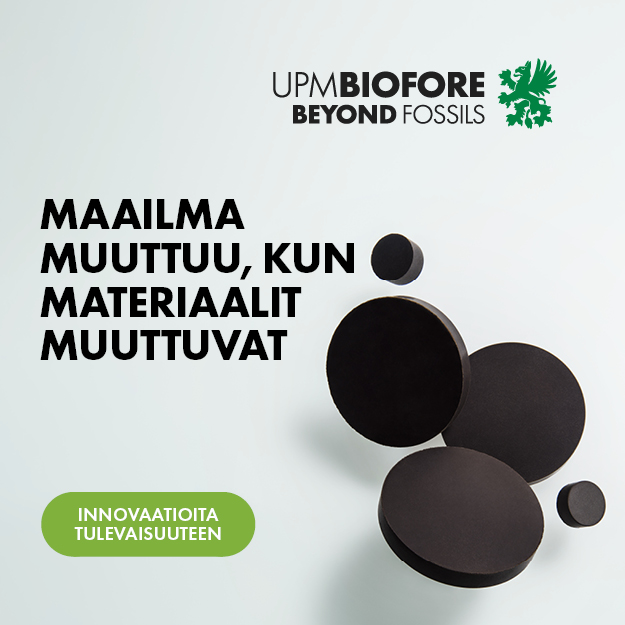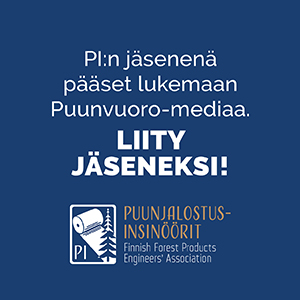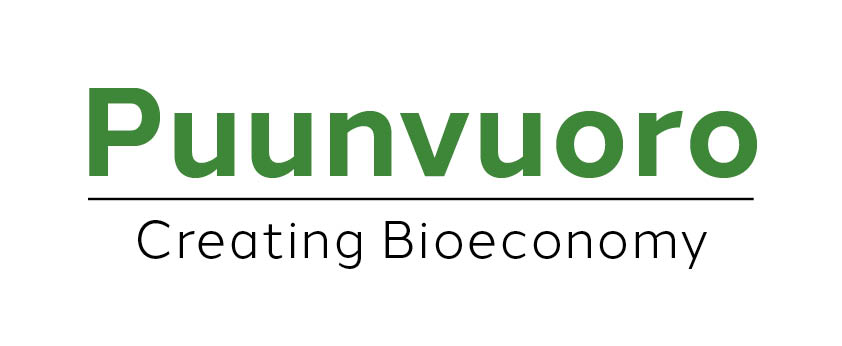Companies need to communicate the environmental excellence of their products and services. To be able to substantiate claims reliably, transparently and scientifically, a consistent and comparable way of calculating positive environmental impacts is needed. The Handprint guideline developed by VTT and LUT University provides the tools for this.
It all started in 2016, when the Carbon Handprint project focused on climate impact. In the next phase, the focus was expanded to include the resource handprint, air quality and water and nutrient handprint and, at the same time, from the product and service level to organisations and cities. The last project, which ended this year, focused on the positive impacts of circular economy solutions and the carbon neutrality perspective.
“Existing standards, such as lifecycle assessment, are used to calculate the handprint,” explains Senior Scientist Katri Behm from VTT.
“A new solution is always compared to the situation that best describes the condition that would exist if the offered solution was not on the market. A new product may be made of a different material, for example, as long as it fulfils the same functionality as the product it is compared to. ”
Even if a product has a handprint, it also always has a footprint.
“The different indicators are reported separately, and the footprint is also reported alongside the handprint separately – meaning that the difference between the handprint and the footprint is not calculated.”
A model for pioneers
The handprint model is suitable for virtually any industry, but only the most environmentally advanced products or services can have a handprint.
“For example, reducing your own footprint isn’t enough to make a handprint – the positive impact should reach all the way to the customer,” says Behm.
The handprint model is suitable for pioneering companies that develop new environmentally friendly technologies and go beyond basic legal requirements.
“Companies have been very interested in the handprint model, and a great need for it is seen. The next step is to spread the guidelines abroad. The United States and Germany, for example, have developed their own models, but our model is the most concrete – it gives clear guidelines on what and how to measure the handprint.”
Three projects
The handprint research project has included three projects: Carbon Handprint (2016–2018), Environmental Handprint (2018–2021) and Carbon Neutrality Empowered by Handprint (2021–2024).
The project was funded by Business Finland, partner companies, VTT and LUT University. The project’s website www.handprint.fi includes scientific publications related to the project and presentations from the final seminar.




